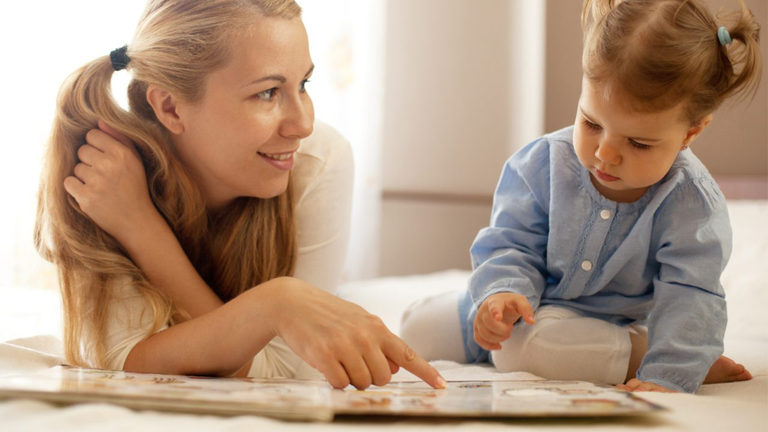How reading helps the child development
"Reading with comprehension" refers to the process of deciphering the meaning of sentence structures made up of tiny visual symbols, or letters, that are placed next to one another in sometimes short, sometimes long strings with single-letter spaces in between.
By engaging the tongue, lip, palate, and pharyngeal muscles, as well as breathing, the child will need to convert this visual decoding into sound while reading aloud. He or she will also need to convert the visual into an auditory and consequently verbal data with the auditory feedback he or she receives when he or she hears the word they are reading.
In order to complete this process, it is necessary for the visual perception field, the capacity to watch where eye movements create tiny pendulums, the stop-think capability to remain in one-letter spaces, the sound perception field for sound and symbol combination, the sound production muscles, and all these various areas to work in unison.
What happens in the brain while we read? In the brain, reading is an orchestration process. It is required to wait until the frontoorbital regions of the brain, which are located directly above the eyes, mature at age 7, in order for all the parts of this orchestra to come into being.
The motor cortex, which coordinates muscle movements, and Broca's area, the speech centre, are both nearby in the same region.
With its array of so-called executive functions, the frontal lobes serve as a singular conductor in reading perceptual information by sequencing, sequencing, waiting, planning, and controlling.
It should be mentioned right now how important the data combining procedure is. A youngster is anticipated to have come across visual codes, such as vertical and horizontal lines, circles, curved lines, and dots, before learning to read. It is crucial to first recognise these passwords in youngsters who have not yet encountered reading material and to reinforce them using writing and painting.
The study of writing and drawing in preschoolers is vital for this reason. Reading is enhanced by creative endeavours like writing and sketching. The act of writing the letter—a password accompanied by muscle memory—feeds and develops the executive processes, which are responsible for planning, waiting, and sequencing.
Writing exercises are also a crucial component of learning to read.

This is helpful and informative. My child started to read one syllable.
I will take note of this one. Thanks for sharing.
Hi,valuable information on the process of understanding children,there is quite a lot of technical language but it is digestible.
There is no doubt that images are usually the first step or approach of a child towards reading; it is common for them to identify signs and associate them with mc donlads for example, wherever they see that image they will know what it refers to.
This awakens their curiosity and leads to other aspects of their learning.
Congratulations @awolo! You have completed the following achievement on the Hive blockchain And have been rewarded with New badge(s)
Your next target is to reach 100 upvotes.
Your next target is to reach 50 replies.
You can view your badges on your board and compare yourself to others in the Ranking
If you no longer want to receive notifications, reply to this comment with the word
STOPCheck out our last posts:
Support the HiveBuzz project. Vote for our proposal!